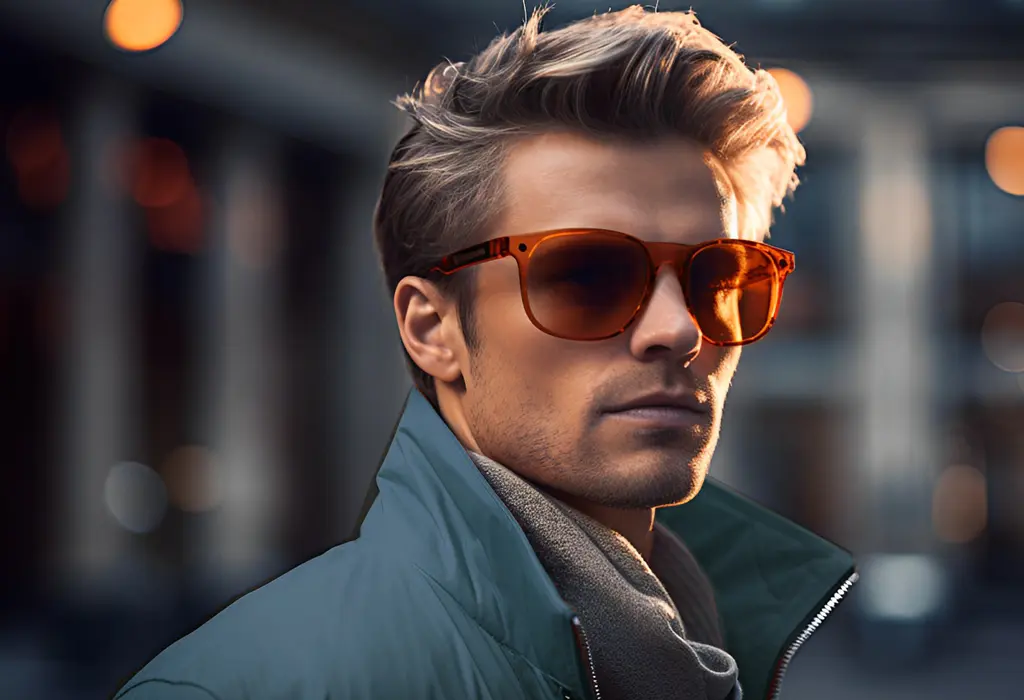It appears that Americans know when to wear sunglasses, as evidenced by a recent survey by The Vision Council. Seven out of 10 adults said they put on sunglasses when outside "always, most, or some of the time," indicating a strong awareness of sunglasses' role in UV protection. 68% wear them while driving, while 52% do when relaxing outside. While these habits are well and good, the act of frequently wearing sunglasses does not say much about the protective qualities of the glasses themselves. Here's how to choose a pair of shades that actually walk the talk and protect your precious eyes.
Exposure to UV radiation can damage your eyes in various ways. For one, the World Health Organization estimates that some ten percent of worldwide cataract cases that have led to blindness could be a result of overexposure to UV radiation. Sun exposure has also been linked to retinal tissue damage, macular degeneration, and even cornea sunburn. Therefore, it's of the utmost importance that you choose glasses that block 99 percent or 100 percent of all UV light, as the American Academy of Ophthalmology advises. You can verify this by checking the manufacturer's label or asking your optician. Some labels might read "UV absorption up to 400nm," the same as 100 percent UV absorption.
To test your sunglasses, your optician can shine a photometer on the lenses; similarly, if you have a UV flashlight at home, go ahead and shine the light on US paper money through your sunglasses' lenses. If you can still see the UV-fluorescent fibers glowing even though the light passes through your lenses, the sunglasses are not providing enough protection.

Darker-colored sunglass lenses do not translate to improved protection. But in contrast to color, size matters. Sunglasses with larger lenses or wraparound frames provide more security against UV rays, which can target your eyes – and the delicate skin around them – from all angles.
For lovers of sport and outdoor activities, oversized sunglasses protect your eyes not just from the sun but also elements like wind and dust while topping your look. The Oakley Wind Jacket 2.0 is built to withstand the performance standards of mountain sports, ensuring uncompromising protection across a wide range of demanding conditions. The best part about larger-sized lenses is the increased visibility range, making it possible to see without moving your head.
Aside from protection from the sun and other elements, you may want to choose sunglasses that provide other protective features. Polarized lenses, for example, provide additional protection from glare, which can come from reflective surfaces like water. The Blenders Eyewear x Coach Prime sunglasses are set with the brand's signature PureBlend Polar Lens. With the bold silhouette of the Millennia X2 and progressive colorways, wearers can don them in style without compromising protection. The features you may want in your sunglasses could depend on your lifestyle: for instance, screen-heavy users may opt for blue light-blocking filters, while beach bums may seek scratch-resistant lenses.
Once you've found your perfect protective pair, supporting your eye health with better diet and lifestyle habits is helpful. Previously, we mentioned that eggs contain Lutein and Zeaxanthin, which help improve your sight and shield your eyes from the sun's rays. By choosing the right pair, wearing them whenever needed, and improving your health habits, your eyes can stay protected while you go about your daily adventures.
Be the first to post comment!